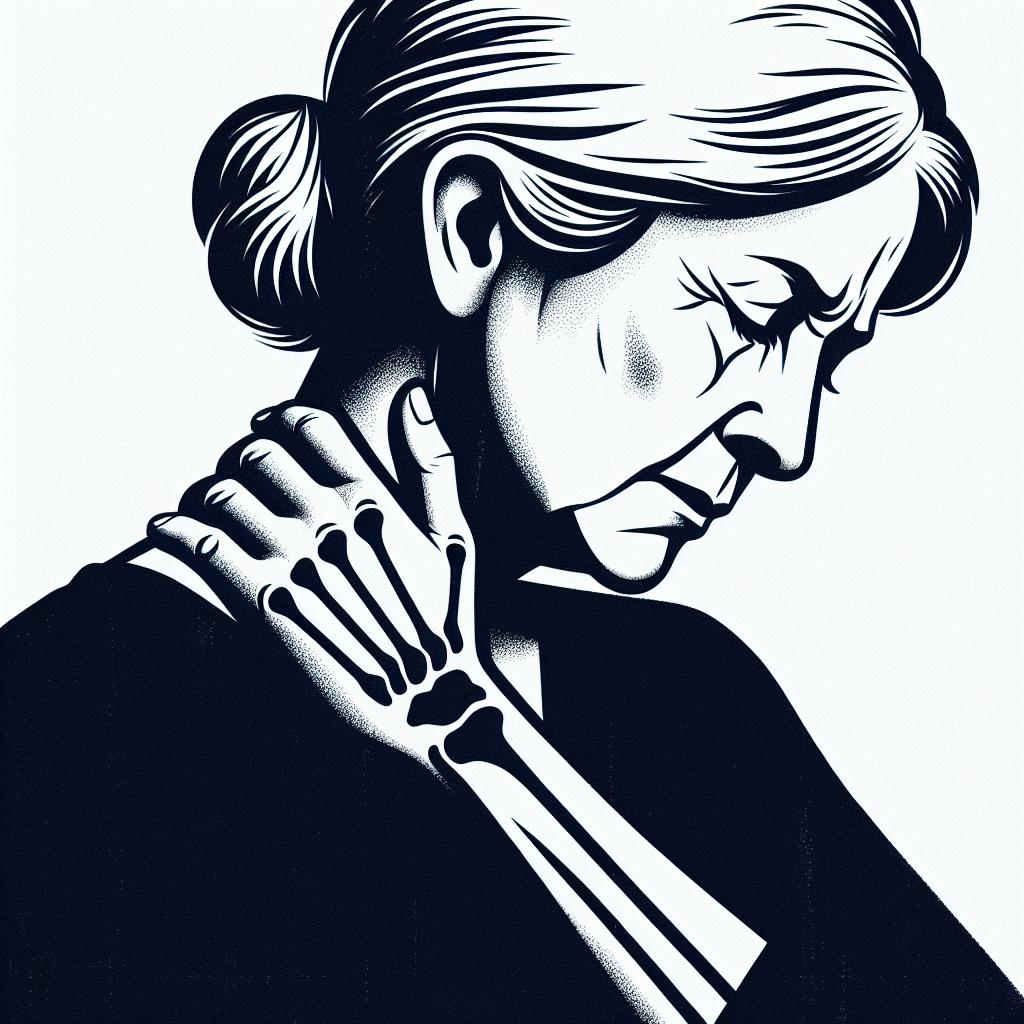Chronic Pain and The Rise of Opioid Use
As our population continues to age, the topic of chronic pain management becomes increasingly critical, particularly among seniors. With the escalating use of opioids to alleviate chronic pain, a silent epidemic is unfolding within this demographic. Once hailed as effective solutions for acute pain relief, opioids are now recognized as potentially hazardous medications, especially when prescribed to older adults who may be more susceptible to their side effects.
In recent years, studies show that opioid use among seniors is on the rise. Many older adults experience chronic pain stemming from various health conditions such as arthritis, back pain, and neuropathic pain. The consequences of persistent pain can significantly impact their quality of life, leading to increasingly aggressive pain management strategies that often include opioid prescriptions.
As the opioid crisis worsens, it brings to light the vulnerabilities of our aging population, where the need for pain management often clashes with the risks of addiction and harmful side effects.
The Risks Involved
While opioids are effective in managing pain, they come with serious risks that can impact the elderly more dramatically than younger patients. Seniors face a higher likelihood of addiction, particularly when opioids are used long-term or without proper oversight. This risk is exacerbated by the fact that many seniors are often prescribed multiple medications, which can lead to dangerous drug interactions.
Moreover, the physical side effects of opioids can have profound impacts on older adults’ mobility and safety. One alarming side effect is sedation, which increases the risk of falls—a significant concern given that falls are one of the leading causes of injury-related deaths among older adults. On top of that, the cognitive impairment associated with long-term opioid use can lead to greater isolation, as seniors may withdraw due to fears of falling or suffering from memory loss.

Emerging Programs and Public Health Campaigns
To combat this rising tide, senior-specific rehab programs that focus on addressing opioid dependence are emerging across the country. These programs often provide a multi-disciplinary approach, combining physical therapy, occupational therapy, and counseling tailored specifically for older adults. By integrating various therapeutic methods, they aim to equip seniors with the tools they need to manage their pain effectively and reduce their dependence on opioids.
Alongside these programs, public health campaigns play a key role in educating both seniors and their families about alternative methods for pain management. Methods like physical exercise, acupuncture, and cognitive behavioral therapy are being promoted as safer, effective alternatives to habitual opioid use. Notably, these campaigns also emphasize the importance of communication between healthcare providers, patients, and family members in discussing pain management.
Policy Changes on the Horizon
As the gravity of this epidemic becomes more apparent, policymakers are responding with proposed tighter regulations on opioid prescriptions—a move aimed at securing a safer environment for the older population. These proposals often include enhanced prescription monitoring programs that track opioid usage, ensuring that prescriptions are issued responsibly. Such measures are crucial in managing the fine line between providing necessary pain relief and preventing potential abuse and addiction.
Personal Stories: A Spotlight on The Affected
The ramifications of opioid dependency do not just stop at statistical outcomes; they impact real lives. Take, for instance, Janet, a 72-year-old grandmother who turned to opioids after undergoing two knee surgeries. Initially, they provided much-needed relief; however, over time, Janet found herself needing higher doses, leading to addiction. Fortunately, through senior-specific rehab programs, she is reclaiming her independence and learning new techniques for managing her pain. Today, with support from healthcare professionals and new coping strategies, Janet has moved away from daily opioid use.
Stories like Janet’s are becoming increasingly common, and they highlight the essential need for a more nuanced conversation around aging, health care, and substance use. Our collective approach must improve—fostering discussions that are empathetic and solutions-focused. As families navigate the complexities of caring for aging loved ones, them understanding available support systems can alleviate some burdens of managing chronic pain without reliance on opioids.
The Path Forward for Seniors
In recognizing the severity of this crisis, it becomes essential to prioritize the emotional and physical wellbeing of our seniors. Local governed initiatives, community programs, and compassionate healthcare can create safe pathways for managing their chronic pain.
As awareness grows surrounding opioid use among seniors, so too must our commitment to crafting a safe and supportive environment that addresses patients’ needs while considering the ramifications of their treatment options. The opioid epidemic is far from contained; it demands our urgency, compassion, and action as we work toward a better future for our aging populations. The journey forward involves learning from the challenges and misconceptions of past practices and embracing newer, healthier approaches to pain management.



